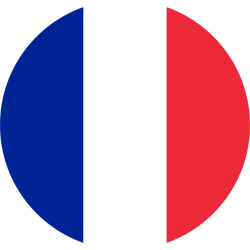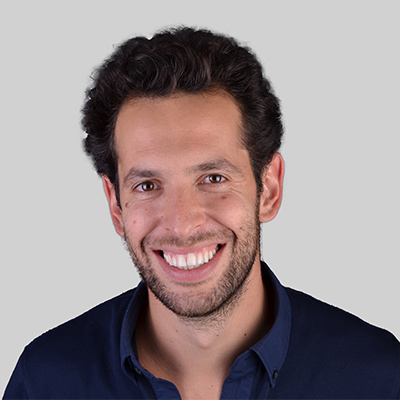 Dr. Gary Finelle
Dr. Gary Finelle
Dr. Gary Finelle received his Dental Degree from the University of Paris 7, France in 2009.
He completed his doctoral thesis working on soft tissue healing around implants.
Between 2011 and 2013, he joined the Advanced Graduate Program of Oral Implantology at Harvard School of Dental Medicine (Boston, Massachussets) as a full time resident. His major field of interests is the application of digital technology into the surgical and prosthetic implant treatment workflow. He is involved in implant related research and has published in scientific peer-reviewed journals.
Now based in Paris, Dr Gary Finelle, lectures nationally and internationally.
He is currently an ITI fellow (International Team for Oral Implantology), an active member of the American Dental Club Of Paris, and of EAO (European Academy of Osseointegration). He is part time clinical faculty in the esthetic department of University Paris V.
His private practice in Paris is limited to surgical and restorative implant rehabilitations, and esthetics.
 Novel implant treatment strategy in Posterior Zone: SSA CONCEPT
Novel implant treatment strategy in Posterior Zone: SSA CONCEPT
Digital technology was firstly introduced to Dentistry more than 40 years ago by Francois Duret. In the last decade, technological improvements in 3D imaging, intra-oral optical scanning and Computer Aided Design / Computer Aided Manufacturing (CAD /CAM) are propelling dentistry and implant therapy into a more computerized and integrated workflow.
Digital workflow in implant dentistry is currently undergoing significant improvement in the connectivity between surgical and prosthetic phases. These changes have the potential to lead to more predictability and cost efficiency in our treatment processes.
This lecture will discuss modern and up-to-date treatment strategies in posterior region for implant rehabilitation. In this perspective, the use of an anatomical CAD-CAM generated healing abutment after immediate implant placement for molar sites has the potential to improve treatment workflow from a surgical as well as prosthetic standpoint.
This, so called SSA concept (Sealing Socket Abutment), offers a predictable solution for wound closure and tissue stabilization during healing time. Additionnally, It provides minimally invasive approach, and significantly reduces the conventionnal overall treatment length.

